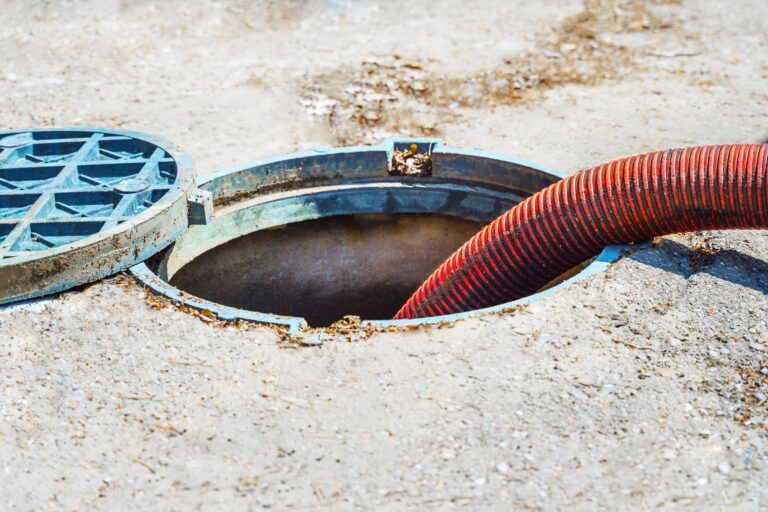Preserving Product Integrity with Temperature Controlled Systems
- Jonathan R.
- August 22, 2024
Table of Contents
Temperature-controlled systems are vital for maintaining the quality of various products. These systems, from pharmaceuticals to food items, ensure products stay safe and effective. Explore how these systems work and their benefits.
The Importance of Temperature-Controlled Systems
Temperature-controlled systems are essential in numerous industries. They help maintain the integrity of products, ensuring they reach consumers in optimal condition. These systems are particularly crucial for products sensitive to temperature changes.
Protecting Pharmaceutical Products
Pharmaceuticals are highly sensitive to temperature fluctuations. Incorrect storage can lead to reduced efficacy or even dangerous reactions. Temperature-controlled systems provide a stable environment, preventing any potential damage.
Benefits of Temperature Control in Pharmaceuticals:
- Preserve efficacy: Proper temperature control ensures that medicines maintain their intended potency.
- Prevents contamination: Stable temperatures reduce the risk of microbial growth, keeping medicines safe.
- Extends shelf life: Controlled environments can significantly prolong the shelf life of pharmaceuticals.
Ensuring Food Safety and Quality
Temperature-controlled systems also greatly benefit food products. These systems prevent spoilage and ensure that food remains safe for consumption.
Advantages for the Food Industry:
- Prevents spoilage: Maintaining a consistent temperature inhibits the growth of bacteria and mold.
- Maintains quality: Proper storage preserves food’s taste, texture, and nutritional value.
- Reduces waste: Effective temperature control reduces the amount of food that needs to be discarded due to spoilage.
Safeguarding Chemical Stability
Many chemicals are sensitive to temperature changes. Temperature-controlled systems help maintain their stability, ensuring they perform as expected.
Benefits for Chemicals:
- Prevents degradation: Stable temperatures prevent chemical compounds from breaking down.
- Ensures safety: Proper storage reduces the risk of hazardous reactions.
- Maintains effectiveness: Chemicals stored at the right temperature perform their intended functions reliably.
Types of Available Temperature-Controlled Systems
Various temperature-controlled systems are available to suit different needs. Each system offers unique features tailored to specific industry requirements.
Refrigerated Storage
Refrigerated storage is essential for products that require cold temperatures. These systems are widely used in the food and pharmaceutical industries.
Features:
- Consistent cooling: Provides a stable, low-temperature environment.
- Energy efficiency: Modern refrigerated systems are designed to minimize energy consumption.
- Customizable settings: Temperature settings can be adjusted to suit specific product needs.
Freezer Storage
For products that must be kept at very low temperatures, freezer storage is necessary. This is crucial for certain pharmaceuticals and frozen foods.
Features:
- Deep freezing: Maintains temperatures well below freezing.
- High reliability: Ensures that products remain frozen even during power outages.
- Versatile usage: Suitable for a wide range of products requiring deep freeze conditions.
Climate-Controlled Warehousing
Climate-controlled warehousing offers a comprehensive solution for products needing temperature and humidity control. This type of storage is ideal for delicate items such as electronics and artwork.
Features:
- Humidity control: Maintains optimal humidity levels to prevent damage.
- Temperature stability: Provides consistent temperatures tailored to specific products.
- Advanced monitoring: Equipped with sensors and alarms to ensure environmental stability.
Portable Temperature Controlled Systems
Portable temperature-controlled systems are designed for products that must be transported under specific conditions. These systems are crucial for the logistics and transportation sectors.
Features:
- Mobility: Easily transported to various locations.
- Customizable: This can be adjusted to maintain different temperature settings.
- Reliable monitoring: Equipped with tracking systems to ensure temperature integrity during transit.
Implementing temperature-controlled systems
Implementing temperature-controlled systems requires careful planning and execution. Here are some steps to ensure successful integration.
Assessing Product Needs
The first step is to assess the products’ specific temperature requirements. Different products have unique needs; understanding these is crucial for choosing the right system.
Choosing the Right System
Based on the assessment, select a temperature-controlled system that meets the product’s requirements. Consider factors such as temperature range, humidity control, and system reliability.
Regular Maintenance and Monitoring
Maintaining temperature-controlled systems is vital for their effectiveness. Regular inspections and maintenance ensure that the systems operate efficiently. Monitoring systems with sensors and alarms can help detect any issues early.
Conclusion
Incorporating temperature-controlled systems is essential for maintaining the integrity of sensitive products. These systems offer numerous benefits, from preserving efficacy and safety to extending shelf life. Safety Storage provides state-of-the-art temperature-controlled solutions tailored to meet your specific needs.
Explore our services and discover how we can help enhance your product integrity. Engage with us by commenting on this post, sharing it, or contacting us to learn more about our innovative solutions.
Ensure your products reach consumers in the best possible condition with Safety Storage’s advanced temperature-controlled systems.
Read More:
Safety Storage Buildings

Jonathan Reed
Jonathan Reed specializes in writing in-depth, data-driven content on industrial waste management, regulatory compliance, and environmental sustainability. With expertise in hazardous waste disposal, OSHA guidelines, and waste reduction technologies, he provides actionable insights for businesses navigating complex waste management challenges.






